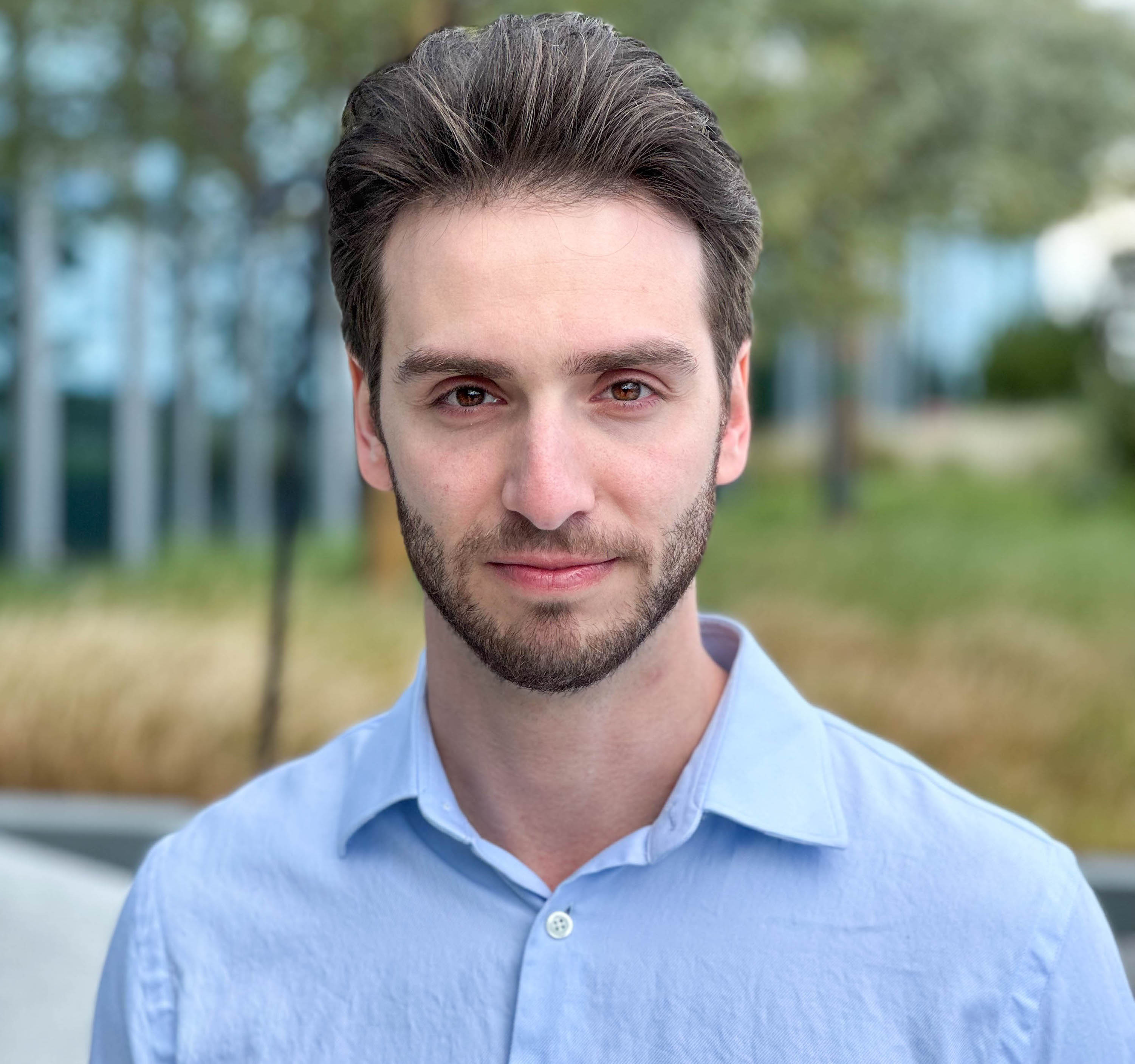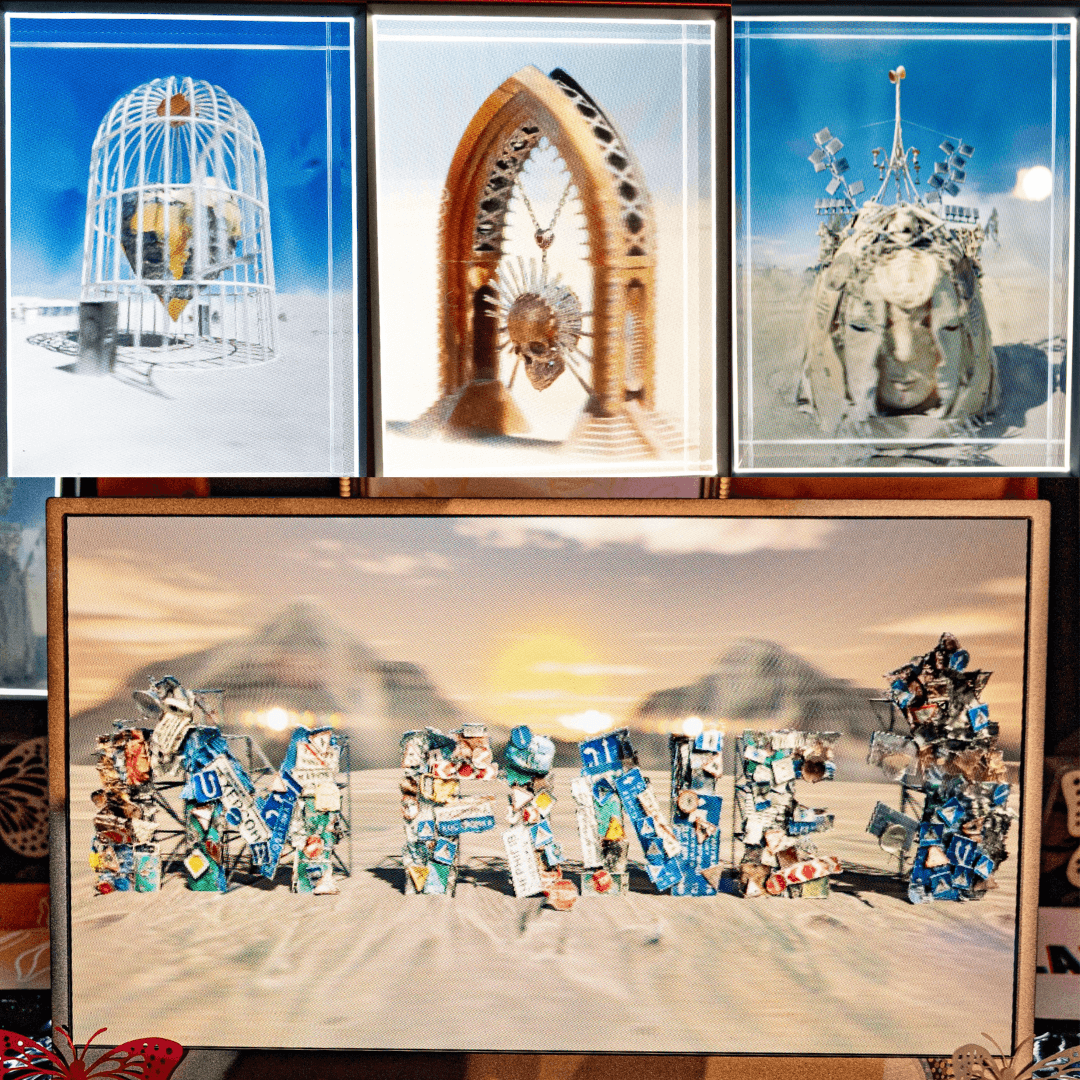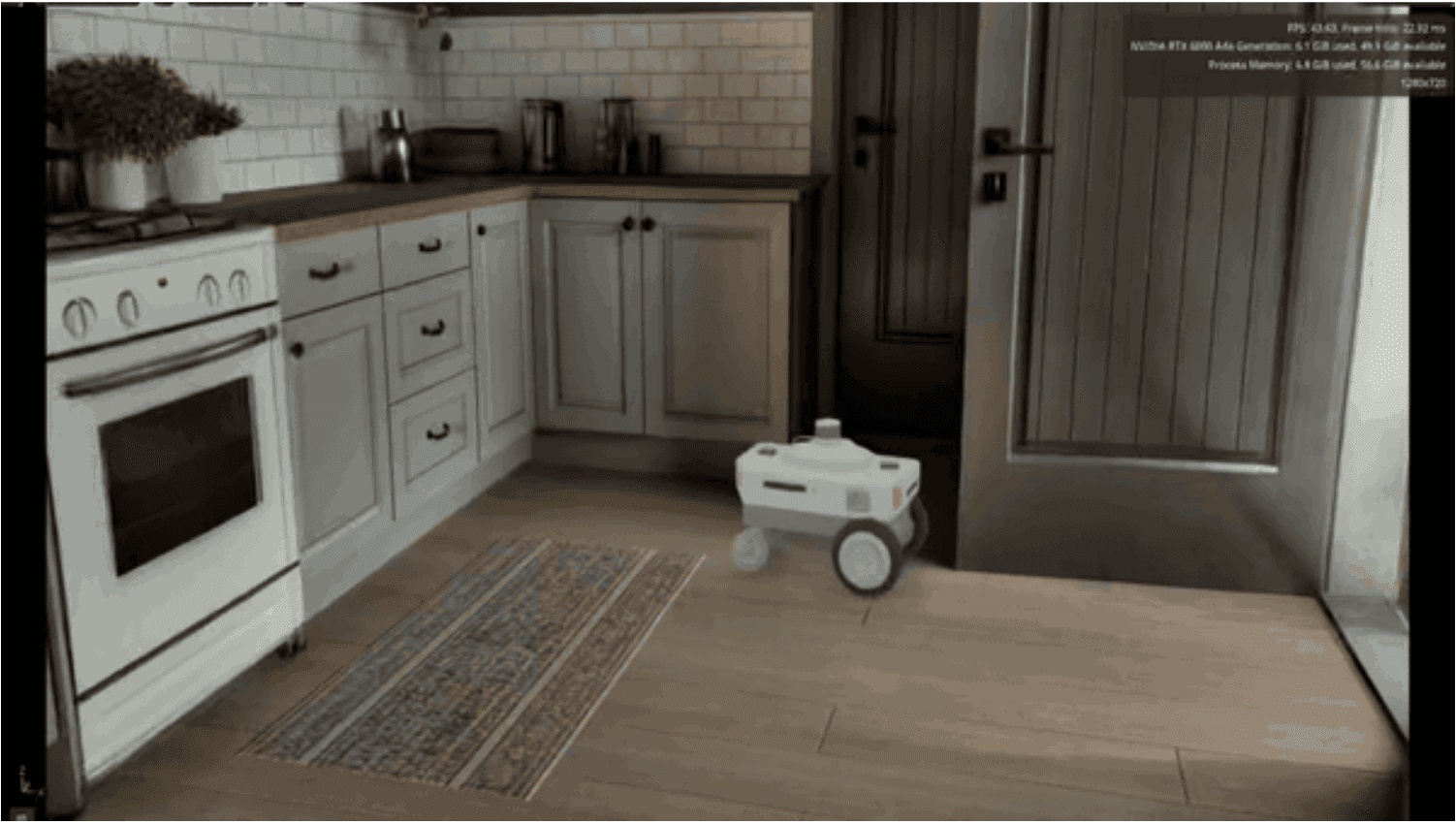
Michael Rubloff
Jun 16, 2025
The power to digitally reconstruct the world comes with a profound responsibility. Not just to recreate beauty and progress, but also to preserve memory, even when it is painful. Some places stand as permanent reminders of humanity’s darkest chapters. Near the top of that list is the former German Nazi camp Auschwitz-Birkenau.
Filming at the site of the former Nazi death camp has long been prohibited out of respect for the victims. Even Steven Spielberg, when making Schindler’s List, was not granted permission to film there. Today, with advances in radiance field representations and in working hand-in-hand with the guardians of these memorials, preserving locations and moments in time with photographic realism has become feasible. In this case, Auschwitz is being digitally reconstructed in unprecedented detail through a project called The Picture From Auschwitz.
A team of professionals led by Maciej Żemojcin provided a fully certified, exact digital replica of Auschwitz I and, soon, Auschwitz II-Birkenau. The scanning was performed by the leading Polish 3D scanning specialist Robert Kraczek and in part supported by Andrii Shramko. Every element, from the infamous "Arbeit Macht Frei" gate to the courtyard cobblestones and rusted barbed wire, has been captured in accurate 3D fidelity. The team used a combination of Volinga and XGRIDS to reconstruct the camp.
The results, a ground-breaking Virtual Film Location entitled “Picture from Auschwitz”, were presented at Cannes Marche du Film in May 2025 and will soon be made available to select filmmakers and educators. The famous director Agnieszka Holland, and renowned photographer and Auschwitz survivor Ryszard Horowitz (pictured in Schindler’s list), are the honorary ambassadors of this initiative. Licensing access to the Virtual Location is contingent on a formal application process, with proceeds directly supporting the Auschwitz Memorial Foundation.
Picture From Auschwitz is a powerful reminder of what we must never forget, and It is also a glimpse into how 3D reality capture can serve, not only as a technical marvel, but as a moral imperative. The project, its methodology, and approach to IP ownership also sets a new ‘gold standard’ for reality capture teams and physical location guardians to collaborate, build trust and manage the physical/digital IP authenticity chain. Thereby also presenting a powerful opportunity for exploring new ways to educate and share a historic or significant physical location to the wider world.
It is critically important that events and locations are not glossed over or erased. This is part of the responsibility of people working in reality capture and cultural heritage to ensure the future of ethical and truthful storytelling. We are approaching a new form of historical engagement, as 3D and reality capture become more mainstream.
To learn more about the project, please check out the website https://film.auschwitz.org or contact Auschwitz-Birkenau Foundation.







